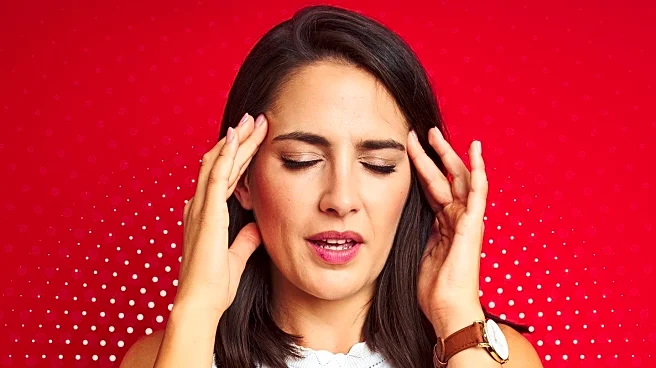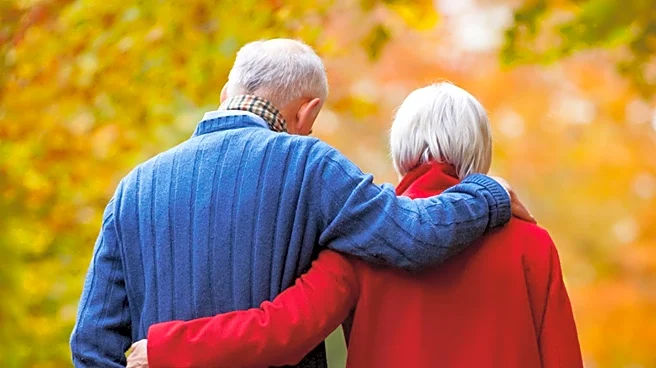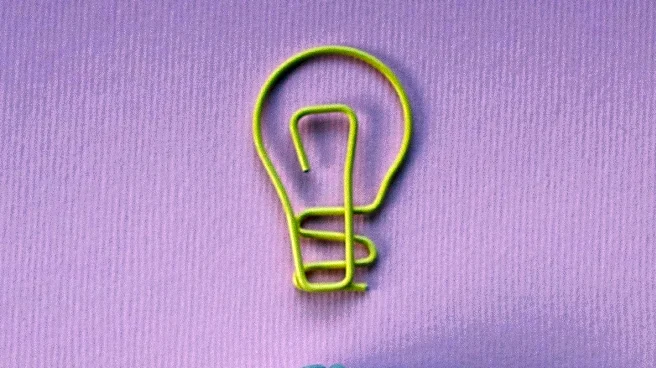What's Happening?
As the days grow shorter and temperatures drop in the U.S., many individuals experience a decline in mood, commonly referred to as the 'winter blues.' According to a 2024 study by the American Psychiatric
Association, 40% of Americans report mood deterioration during winter, with women more affected than men. Seasonal Affective Disorder (SAD) is a recognized condition that can occur in both winter and summer, linked to changes in serotonin and melatonin levels. Light therapy lamps, which mimic natural sunlight, are recommended as a treatment for SAD. These lamps must emit light between 5,000 and 10,000 lux to be effective, influencing circadian rhythms and mood neurotransmitters. Experts emphasize the importance of using these lamps correctly, ideally in the morning for about 30 minutes, to maximize their therapeutic benefits.
Why It's Important?
The use of light therapy lamps presents a non-pharmaceutical option for managing SAD, offering a potential alternative to antidepressant medications. This is significant as it provides individuals with a method to regulate mood and sleep cycles without medication, which can be appealing to those seeking natural remedies. The broader impact includes potential improvements in productivity and mental health during the winter months, which can affect workplace performance and overall quality of life. As SAD affects approximately 5% of American adults, effective treatments like light therapy can play a crucial role in public health strategies aimed at reducing depression-related symptoms.
What's Next?
With the growing awareness of SAD and the effectiveness of light therapy, there may be increased demand for high-quality light therapy lamps. Mental health professionals might advocate for their use as a first-line treatment, potentially influencing healthcare practices and insurance coverage for such devices. Additionally, public health campaigns could focus on educating the public about SAD and promoting light therapy as a viable treatment option. Research may continue to explore the efficacy of light therapy compared to other treatments, such as talk therapy and medication, to refine guidelines for managing SAD.
Beyond the Headlines
The discussion around light therapy lamps also touches on broader themes of mental health awareness and the importance of recognizing mood disorders as legitimate health concerns. This could lead to a cultural shift in how society perceives and addresses mental health issues, encouraging more open conversations and reducing stigma. Furthermore, the emphasis on non-pharmaceutical treatments aligns with a growing trend towards holistic and integrative health approaches, which prioritize lifestyle changes and natural interventions.











